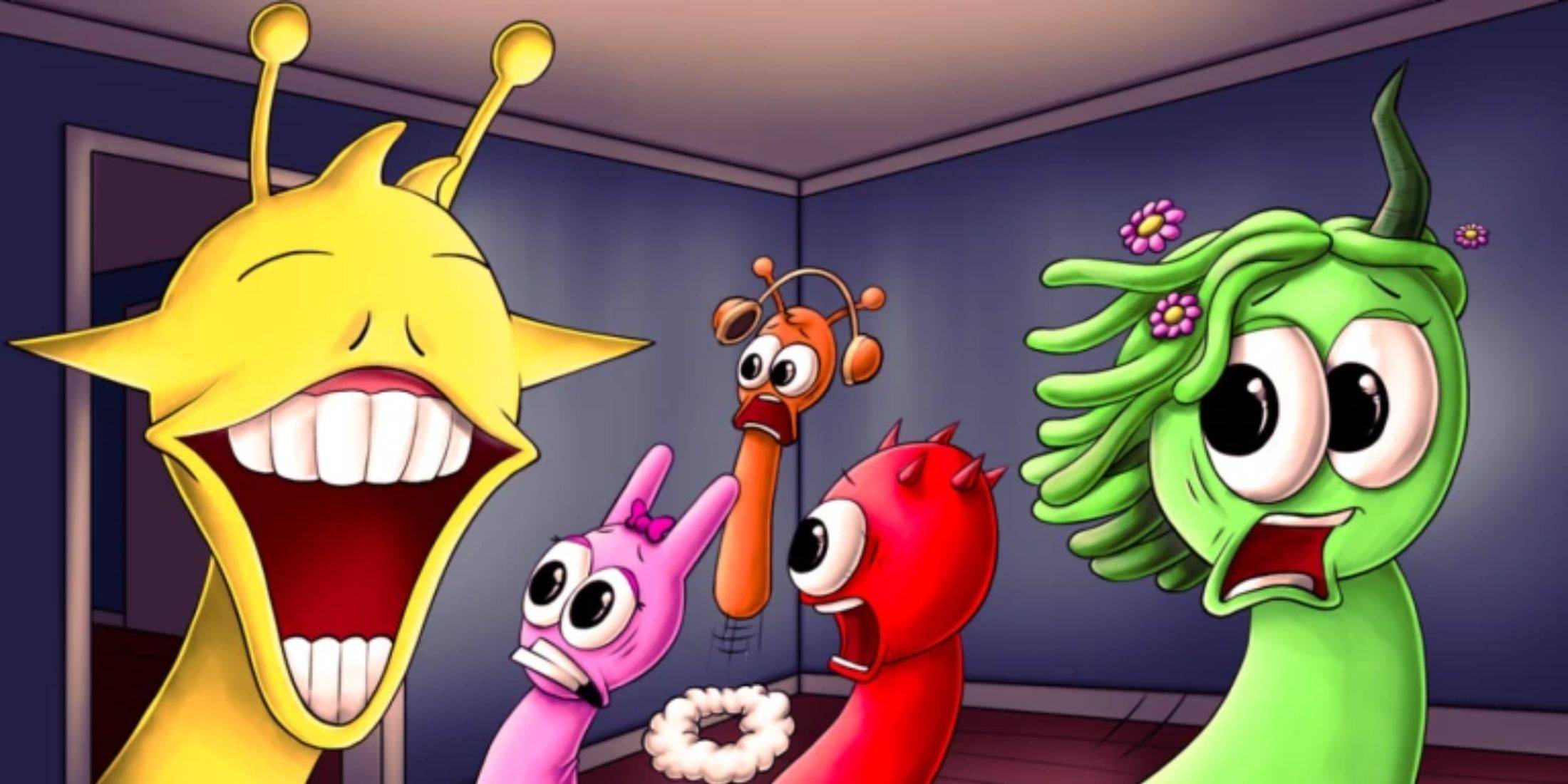If you're like me and still have a cherished collection of DVDs sitting proudly on your shelf, recent reports might have sparked some concern about whether any of them have fallen victim to disc rot. This issue, known among physical media enthusiasts as DVD rot, has been affecting various types of optical discs for decades—including LaserDiscs, CDs, and even video game discs. Due to chemical deterioration caused by multiple factors, these discs can develop playability issues, sometimes to the point of becoming completely unreadable.
While encountering disc rot is generally a matter of bad luck, there are specific cases where production flaws led to widespread problems. One such case involves Warner Bros. DVDs manufactured between 2006 and 2009. The issue recently gained attention thanks to an article by JoBlo’s Chris Bumbray, who personally experienced it with WB-released box sets featuring Humphrey Bogart and Errol Flynn films. However, this problem has long been known in collector circles, thoroughly explored by physical media expert Spencer Draper—better known online as Damn Fool Idealistic Crusader—in a video posted in late 2021.
The Root of the Problem and Warner Bros.’ Response
Through extensive research, Draper and others discovered that the issue was tied specifically to DVDs produced at one particular facility—the now-closed Cinram plant in Pennsylvania. This conclusion was made possible through the tiny manufacturing codes found on the inner ring of the disc's data side (more on how to identify those later).
Draper estimates owning between 5,000-6,000 films across formats—from VHS to 4K UHD—and many of his DVDs were from Warner Bros. Upon learning about the issue, he did what any true collector would do: he checked every single disc manually. As he explained, “A digital backup or scan doesn’t always guarantee a rot-free disc. You really need to test the entire disc—including all supplements, menus, and features.”
After reaching out to Warner Bros. Home Entertainment (WBHE), Draper received a replacement package for every affected title they were still producing. When IGN contacted WBHE for comment, they responded with the following official statement:
“Warner Bros. Home Entertainment is aware of potential issues affecting select DVD titles manufactured between 2006 – 2009 and has been working directly with consumers on replacements or alternate solutions for nearly a decade. Any consumer experiencing an issue can contact [email protected]. This is not a new issue. A website recently experienced this issue themselves and decided to write a story about it (since updated), which has caused renewed interest. WBHE has been assisting consumers since the issue was first reported. We have offered replacements when available or an alternate title if needed. Some discs are now out of print or no longer licensed for DVD release. In such cases, WBHE offers an alternate title as a substitute.”
This aligns closely with the response WBHE gave JoBlo and confirms the timeframe originally noted by Draper, extending up to 2009.
How to Identify If Your DVDs Are Affected
If you’re concerned about your collection, start by checking the copyright year on the back cover. DVDs produced outside of 2006–2009 should be safe—for now.

If your DVD falls within that time range, look for manufacturing codes on the inner ring of the disc’s backside. Draper explains, “If you see the letters ‘IFPI’ anywhere in that code, there’s a chance it may be one of the problematic ones.” These markings are very small, so you may need a magnifying glass or camera zoom to spot them clearly.
Alternatively, check the back of the DVD case. If you see a small blue stamp reading “Disc Made in Mexico,” you can rest easy—those discs were produced elsewhere and are unaffected.
If you want to skip the label hunting, Draper suggests, “Just pop the disc in and run through the feature and extras quickly. It sounds silly, but it works.”
Draper has compiled a helpful list of known affected titles, which serves as a useful starting point for anyone concerned about their collection. His list also helps buyers avoid purchasing vulnerable titles unless they're prepared for potential playback issues. For example, HBO’s *Tales From the Crypt* series is known to have rights complications, making it unavailable digitally. Its only physical release came via WB during the problematic era, meaning fans risk buying discs that may not work properly.
What’s the Typical Lifespan of a DVD?
Thankfully, large-scale DVD rot isn't common despite the format nearing its fourth decade. Sony officially states that “A typical DVD disc has an estimated life expectancy of anywhere from 30 to 100 years when properly stored and handled.” Draper notes that early DVDs from 1997, including Warner Bros. releases, remain fully functional today.

Blu-rays have also held up well overall, though some isolated concerns have arisen—most notably in France due to a local manufacturer. Criterion once faced a similar issue with a limited number of Blu-rays but handled it transparently, offering exchanges for repressed versions. Unfortunately, WB hasn’t taken the same approach, leaving consumers without an official list of affected titles or clear guidance on identifying faulty discs.
If your discs are affected, contacting [email protected] is your best bet for a replacement. However, responses vary widely, and some people face challenges proving ownership after so many years. Additionally, certain titles are now out of print or unavailable due to licensing restrictions, forcing WB to offer alternative titles instead.
Physical media remains a reliable way to preserve favorite films and shows—especially in an unpredictable streaming landscape. However, the WB DVD rot issue highlights a major flaw in relying solely on older discs from this period, particularly those linked to the Pennsylvania Cinram plant. For now, diligent collectors must rely on community resources like Draper’s list until studios provide more transparency.








![Taffy Tales [v1.07.3a]](https://imgs.xfsxw.com/uploads/32/1719554710667e529623764.jpg)











